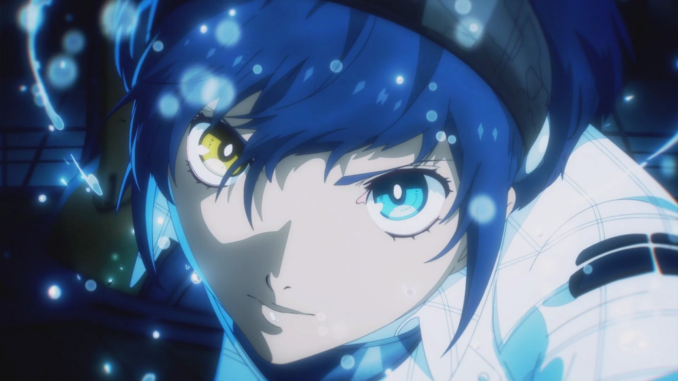
Metaphor Re:Fantazio we tried Studio Zero’s magnum opus
During the Play Days of the Summer Game Fest we tried Metaphor Re:Fantazio, a huge role-playing game from the creators of Persona 5.
Now in the world of video games, great authors are becoming an increasingly rare commodity. Even rarer is witnessing the moment in which a great author makes the decision to depart from the saga that made him famous in order to pursue a new creative ambition. However, we are still in the order of rare events: what Katsura Hashino did is instead an absolute unicum, because the greatest architect of the success of the Persona-megaten trend has chosen to abandon P-Studio, among other things, taking with him fourteen extraordinary artists, to give birth to Studio Zero, a division of Atlus charged with the task of projecting the RPG soul of the house into the future. The battleground chosen for the debut with great fanfare? Until some time ago it was known as the mysterious Project Re:Fantasy, today it has become that Metaphor Re:Fantazio which many consider for certain among the candidates for the title of game of the year.
Over the course of the last few months this work by Studio Zero has begun to slowly reveal itself, showing excerpts of its world so close and at the same time so far from the legacy of Atlus’ past works: with eight years of development behind it, it could take shape not only as the magnum opus of Hashino and his team, but of Atlus as a whole. The smoke screen has finally lifted, October 11, 2024 is closer than ever: on the occasion of the Play Days of the Summer Game Fest we tried Metaphor Re:Fantazio , comparing ourselves with three sections of gameplay closely linked to the triple soul of the project. Waiting for us we found only the appetizer of what promises to be one of the most ambitious modern role-playing games ever made.
Metaphor Re:Fantazio we tried Studio Zero’s magnum opus
What is Metaphor Re.Fantazio
Making comparisons is never an elegant thing, but it could be said that Metaphor Re:Fantazio is to the past production of Atlus what Elden Ring is to the Dark Souls saga : Hashino and his team have chosen to extrapolate the essence of the works that they made them famous and then embroidered a new dress on them, keeping the solid foundations of the gameplay intact before building a universe around them that is apparently much vaster and more ambitious than in the past, which is saying something.
That of the Kingdom of Euchronia is in fact an immense fantasy setting, among other things anchored to a completely original idea of the Middle Ages and to an imaginary in some ways diametrically opposed to contemporary standards, an out-of-scale world in which a nameless protagonist He embarks on a journey to save an orphaned prince, but above all to forge the bonds that could carry him to the crown.
If on the one hand atmosphere, context and setting take almost totally new directions compared to the most recent efforts, there is still so much of Persona – and in particular of Persona 5 – in the soul of Metaphor Re:Fantazio: from the user interface to the calendar, from the relationships with the supporting characters to the structure of the combat system, from the social activities to the depth of the RPG systems, everything has an exquisitely familiar flavour, a bit as if all of Atlus’ DNA had suddenly merged into the fantasy container .
Metaphor Re:Fantazio we tried Studio Zero’s magnum opus
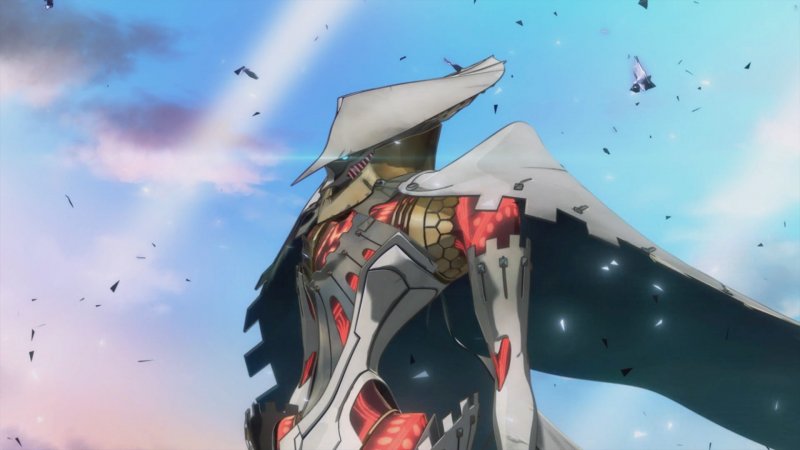
This is a factor that emerged strongly during our test: we were able to test three different demos lasting around fifteen minutes each , sections dedicated to specific segments of the project, namely the scenario, the dungeons, and the challenge embodied by the boss.
Scenario – Awaken
More than the desire to introduce the narrative component, the demo dedicated to the scenario had every intention of carving in stone the general tones of the narrative. The protagonist, an unnamed traveler accompanied by a resolute fairy named Gallica, finds himself in the midst of a pilgrimage with the aim of saving the prince, incidentally his best friend as well as the key witness to the murder of the ruler of the kingdom. The destination of the strange couple, traveling in a caravan, is a fort located on the northern border of the Royal Capital Grand Trad, a place where the “traveller” – as he is also indicated in the menus – should meet a mysterious contact. However, the situation gets out of hand: a Human, or rather a species of terrifying monsters whose name says it all , is unleashed within the castle walls, exterminating hordes of the kingdom’s soldiers.
Metaphor Re:Fantazio we tried Studio Zero’s magnum opus
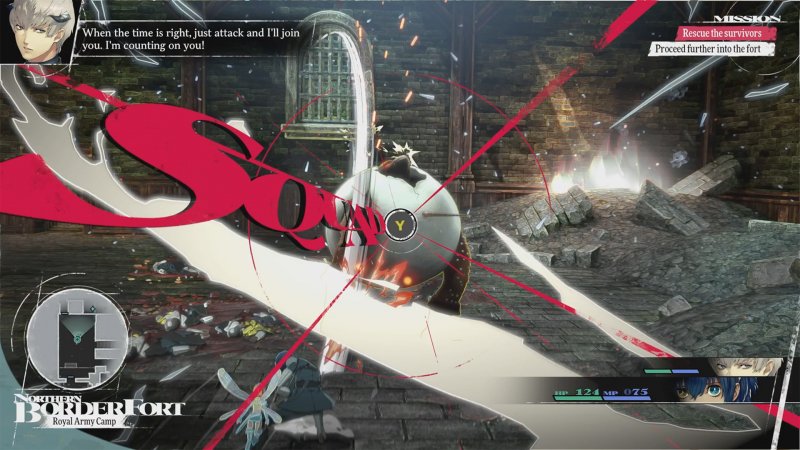
Thanks to the help of Strohl, a young Clemar warrior with small horns and extremely altruistic, Gallica and the protagonist manage to reach the highest tower of the castle in order to put an end to the Human’s fury, but every attempt to damage the beast turns out to be useless. When everything seems to be lost and even Strohl has now collapsed under the blows of the creature, the traveler hears an enigmatic female voice and – having torn his heart from his chest – suddenly awakens his own Archetype , that is, a physical manifestation of his own will which, in addition to constitute the end of the Human, becomes the backbone of most of the systems and mechanics underlying Metaphor Re:Fantazio.
Dungeons: the gameplay
The Archetypes open up a decidedly stratified “class” system in which all the playable characters are essentially Wild Cards, and if it is possible to equip any type of Archetype as if it were the typical Job of the genre, only during the demo did we come across an exorbitant number of variants, including Magic Knight, Swordmaster, Magic Seeker, Faker and many others, all equipped with unique abilities and synergies. But how does the gameplay of Metaphor Re:Fantazio work, pad in hand? The second segment we dealt with was located a little further on in the adventure, in an instant in which the protagonist – accompanied by the aforementioned Strohl and the elf belonging to the old royal guard Hulkenberg – has to break into a cathedral that will reveal itself also an intricate dungeon.
Metaphor Re:Fantazio we tried Studio Zero’s magnum opus
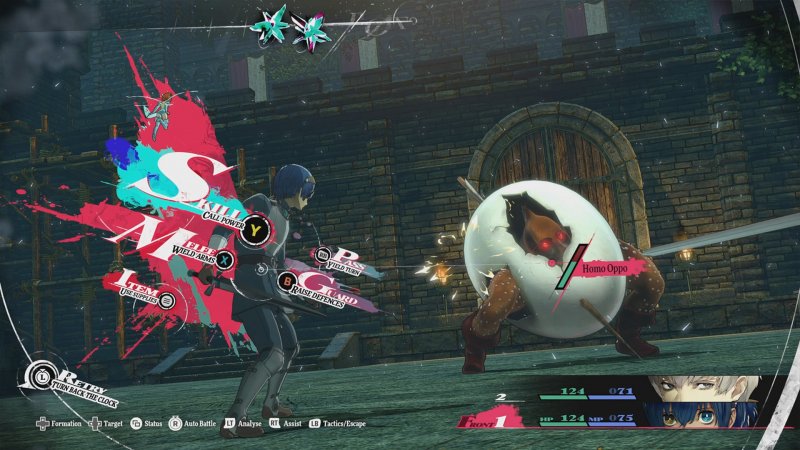
The main innovation that catches the eye is that the weakest enemies – the danger is indicated through color coding – can be wiped out simply by using a sketchy action combat system which, in the case of the tougher variants, instead affects the mode of engagement of the clash: in short, the most fragile threats can be mowed down with just a couple of slashes, while the toughest ones should ideally be weakened or stunned with a surprise assault before activating the Squad Battle, which in fact raises the curtain on a classic turn-based combat system almost entirely borrowed from Persona 5, except for the several points in common it boasts with the Press Turn System.
In short, a few moments inside the dungeon are enough to realize that this title does not simply represent a fantasy reinterpretation of some of the most famous mechanics of Persona, but seems to draw liberally from various other exponents of Atlus’ production , without sparing not even skills and objects encountered in Etrian Odyssey, but above all a series of synergistic attacks linked to the combinations of Archetypes in Digital Devil Saga style. Now, keeping in mind the quantity of Archetypes – which in fact are over 40 – it is quite simple to get an idea of the depth of the interactions and the quantity of possibilities that open up in terms of building your own party, especially given the freedom reserved to the player in choosing and discovering the Archetypes: each decision changes the offensive abilities, the buffs and debuffs available, the ability to heal and so on.

The dungeon map, vast and interconnected, culminated in a cathedral with variable paths: our experience, for example, ended as soon as we completed the request of Catherina, a Paripus bounty hunter who had asked us to track down the his young companion and who finally forms a relationship of mutual respect with the traveller. But if in this circumstance we didn’t have the opportunity to confront a boss, well, the third part of the demo immediately filled that gap.
The challenge: strategy
The last segment of the demo, called Challenge, began on board a ship in a decidedly more advanced phase of the adventure: in addition to providing access to various party characters including the aforementioned Strohl and Hulkenberg, but also the splendid and peculiar Heismay or the beautiful Junah, examining the arsenal you could notice an endless list of Archetypes including Mage, Wizard, Cleric, Gunner and so on and so forth , in turn linked to a scale of mastery levels. Beyond the cascade of elements linked to the construction of the characters introduced all of a sudden, the ship also raised the curtain on a couple of social dynamics such as the Kitchen, among other things useful for deepening the protagonist’s relationship with Strohl as well as bringing the slight temporal advancement necessary to reach the most complex challenge of the demo.
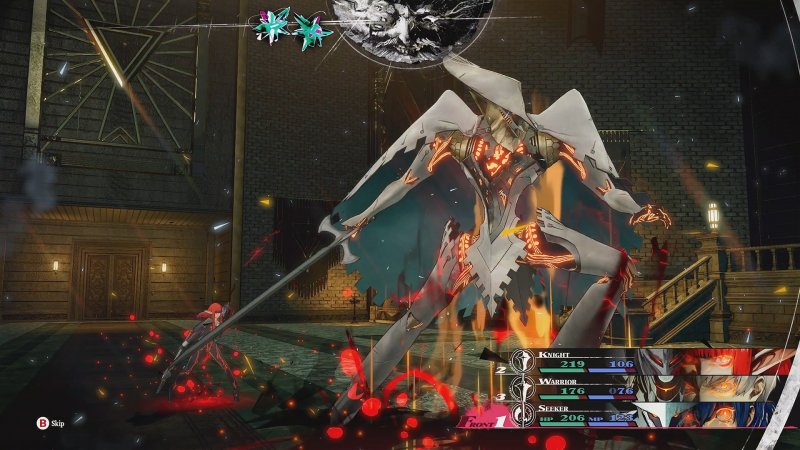
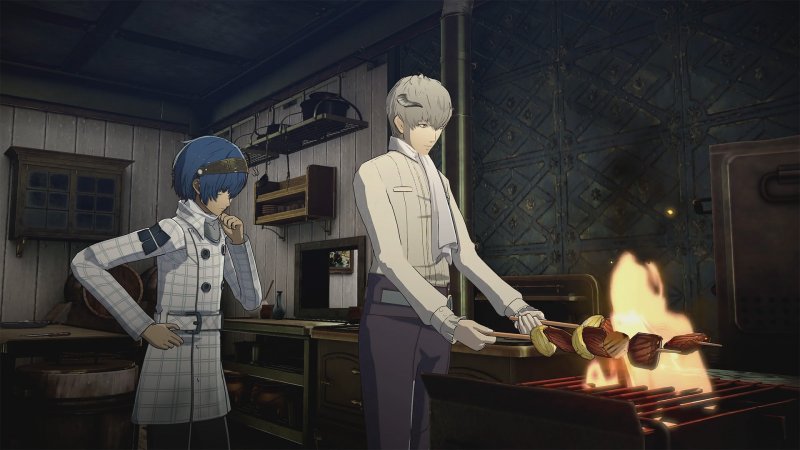

At sunset, in fact, the ship came across a very dangerous tentacled Human in pure sea monster style which, had it not been for the disproportionate quantity of healing objects that the developers have included in our inventory, would have swept us away without too many compliments. Given the amount of customization options and resources that Studio Zero has integrated into the structure of Metaphor Re:Fantazio, the trade-off comes in the form of strategically challenging and mentally stimulating battles . This last phase of the test version was nothing more than a large demonstration dedicated to the combat system, willing to shine the spotlight on the dozens of abilities of the Archetypes as well as on their changing nature, in itself capable of opening up dozens of completely different strategies and options. different. Since only the surface of the systems has been scratched, one wonders how deep the white rabbit hole dug by Hashino and co actually is.
And then there’s everything else
Regardless of the triad of content that occupied the stage of the demo, the most impressive thing about this version is the extraordinary level of quality that characterizes every smallest detail of the project , from the loading screens to the interfaces, from the animations of the dozens of skills to the menus , from the narrative sequences that seem extrapolated from a high-budget anime series to obviously the soundtrack by Shoji Meguro, which in full respect of tradition seems to have packed yet another bomb. While on the one hand it is still very early to get a concrete and coherent idea of the extent of Studio Zero’s work, it is already clear how Metaphor Re:Fantazio embodies the will of Katsura Hashino and his team – among which we also remember the designer Shigenori Soejima, Neon Genesis Evangelion mecha designer Ikuta Yamashita, and too many other talents to mention them all – to raise the bar considerably.
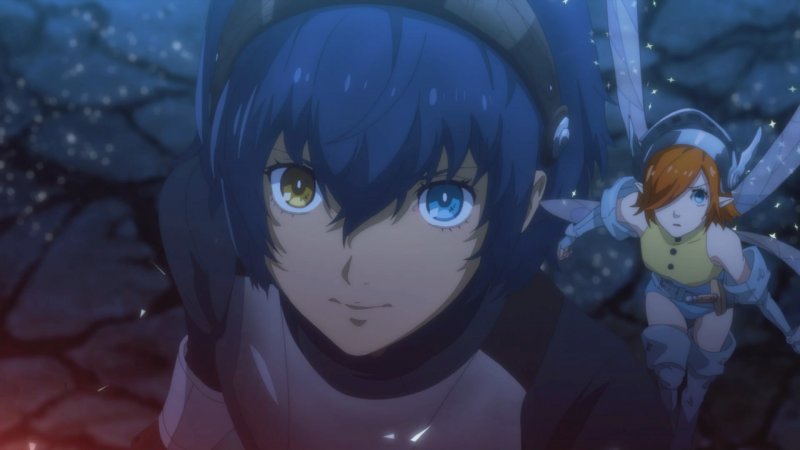
The sensation is not simply that of being in the presence of a receptacle overflowing with the most appreciated elements among those developed under the wing of Atlus , a sort of great celebratory work, but the atmospheres and the very nature of the production also seem to inherit some related reminiscences to legendary productions such as Suikoden, almost implying the desire to erect a new milestone of the genre. Having reached this point, the appointment is postponed to the next previews but above all to the review of Metaphor Re.Fantazio, a title that has already demonstrated without the slightest doubt that it has the pedigree of being a candidate for game of the year, but which seems full of an ambition that aims even higher: will it be able to take flight or will it end up passing too close to the sun?
Also Read:
A concept art of Assassin’s Creed Shadows reveals a faction that we will face in the game